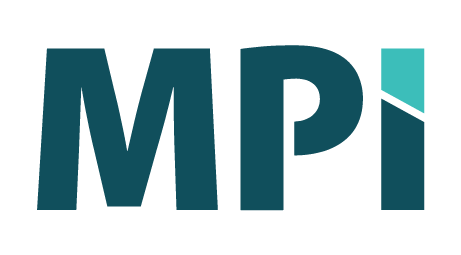Alright, so maybe “stellar” is a bit of an exaggeration, but your meetings can be better! We have all been in the position where we sit down in the morning, pull up the calendar and let out a sigh. Either there are too many meetings or maybe a few that are notoriously unproductive. Some meetings are essential, but maybe they need a little more efficiency to be effective while some meetings should be removed from the calendar forever. We have come up with five steps to turn your meetings from stale to stellar.
Understand Your Communication Tools
Technology is everywhere these days which means it is easier than ever to communicate and stay connected. Tools such as chat or a collaborative project management system is becoming the more mainstream option to organize your business, which offers more time efficiency opportunities. For example, if your organization is a Microsoft Office user, the chat tool Teams as well as the task oriented online tool “Planner” are available. Both could be opportunities to skip a meeting and communicate. Take the opportunity now to understand what tools are at your disposal. Often, they can augment, improve, or even replace meetings and accomplish the same tasks in far less time.
Include the Right People
Meetings often tend to include team members that might not have a direct stake in the meeting. The success of a meeting is directly affected by having the right people included. But, also, if you leave someone out that is essential might break the chain of communication leading to poor decisions and a waste of time. When organizing a meeting, ask yourself: is the information being relayed or discussed directly effecting those invited? If not, there are probably team members involved unnecessarily which leads to tons of time and money wasted by sitting in irrelevant meetings. Think about what the actual goal of a meeting is and how it will help the company. If the meeting simply serves as a client update there are far better methods.
Have an Agenda + Goals
How many times have you attended a meeting that started with the bookers saying, “Okay, so today I want to discuss {insert surprise topic here}.” There is no advantage to hiding the meeting goal from the attendees. Distribute a clear agenda prior to the meeting, and no, 30 minutes is not prior enough! If you want the meeting to be productive and gain the results you want, those attending need time to prepare amongst their other daily tasks. Do not stop with an agenda, be clear about the meetings goals. Unsure of the meeting goals? Maybe there is no need for a meeting or there is but the goals need to be more clearly defined by the organizer before setting up the meeting.
Assume a digital team is meeting because a new client is coming on board. They could have a meeting to talk about the new client and all the stuff that is going to happen. A more meaningful agenda might include assigning onboarding tasks that way when team members leave, they have a clear understanding of their responsibilities and the meeting was time well spent.
Set Time Limits
How many one hour plus meetings do you attend each week? How many of those meetings could be 30 minutes or less? Think about it this way: an hour-long meeting is 12.5% of the workday. Add in a second hour long meeting and 25% of the day has been spent in two meetings. Pulling employees away from their desk for an hour in the middle of the afternoon is not a way to foster a culture of production. A clearly defined agenda makes it simple to adhere to time limits. In addition to meeting length, time limits could also imply an acceptable range of time within which meetings can be scheduled. Perhaps meetings are exclusively allowed before 12pm, allowing the afternoon for action items that have come out of meetings or accomplishing day-to-day tasks.
Take Notes + Follow Up
Have you ever been in a meeting and then find it is never spoken of again? What is the purpose of bringing folks together to meet and share ideas if there is no follow up? With ideas floating around each meeting should have at least one person putting those ideas to paper. After the meeting, send those notes to all attendees as well as the assigned tasks for follow up after the meeting. This is a surefire way to make sure each scheduled meeting was purposeful. If there are no action items coming out of a meeting, it is time to evaluate the true purpose and format and reevaluate your agenda.
Meetings like any part of your business, require a well thought out strategy and execution to be successful. “Meeting Fatigue” is real – whether it is done virtually or in-person. With some work, careful analysis, and repetition of these five positive habits to get better control of your meetings. Soon you will see greater efficiency in the workday and be able to reclaim that wasted time to produce better work. Happy meeting planning!

